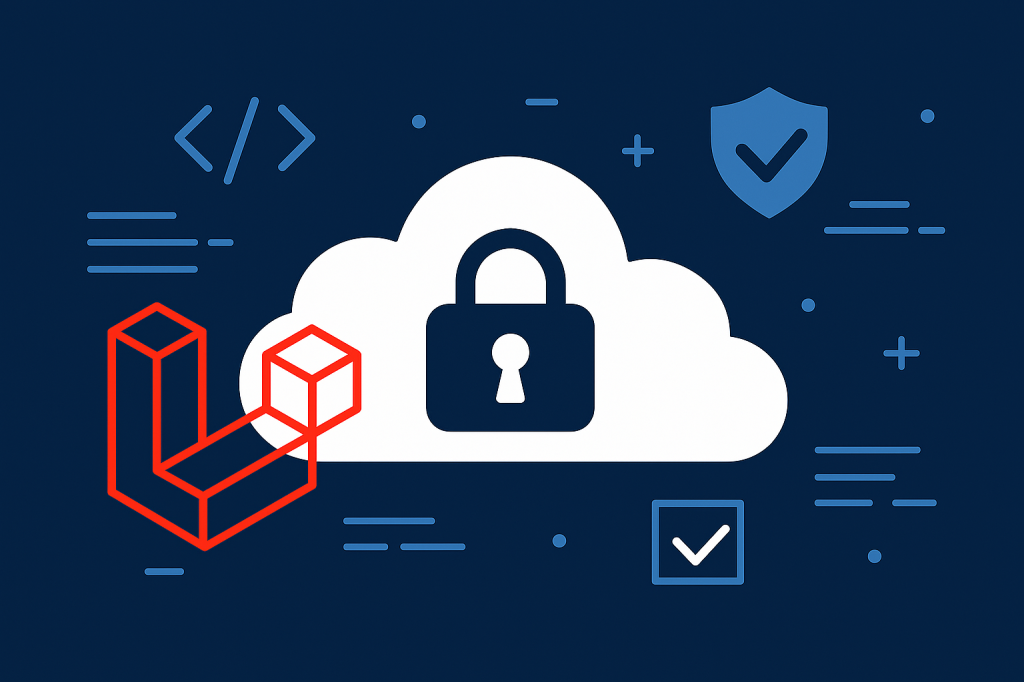Which AI Framework is Right for Your Project?
With so many AI frameworks to choose from and new options emerging all the time, selecting the right tools for your artificial intelligence and machine learning projects can be confusing. Each framework offers unique features, so identifying the one that best aligns with your project’s goals is imperative. Among the most talked-about frameworks today are LangChain and LangGraph. Both have made significant strides in the AI community, but they cater to different needs.
So, how do you determine which one is right for your project? In this article, we’ll break down the differences between LangChain and LangGraph. We’ll also show how they can work together to give you a complete AI solution and how LangSmith adds an extra layer of optimization. Whether you’re building a chatbot or analyzing complex networks, picking the right tool is key.
Diving Into LangChain
LangChain is a cutting-edge framework tailored for developers looking to leverage language models that enable them to craft intricate multi-step workflows. Its modular design facilitates API calls and concurrent processing, rendering it suitable for scalable AI solutions. Whether you’re looking for text generation, content summarization, or language translation tasks, LangChain equips you with the tools to execute these functions with accuracy and efficiency.
Why LangChain Stands Out
- Flexibility: LangChain supports both pre-built and custom models, adaptable to projects of any size or complexity, allowing developers to tailor solutions precisely to their needs.
- Memory Management: By employing context windowing and attention mechanisms, LangChain retains relevant information across multiple interactions, ensuring coherent and accurate responses.
- Step-by-Step Reasoning: The framework leverages chain-of-thought reasoning to break down tasks into manageable steps, simplifying the development of complex AI workflows.
- Seamless Integration: LangChain interfaces seamlessly with APIs and tools like OpenAI’s GPT and Hugging Face, enhancing its capabilities and allowing the integration of cutting-edge AI technologies.
How LangChain Fits Into Your Tech Stack
LangChain works with a wide range of programming languages and tools, so it can fit into many different development environments:
- Python: LangChain is primarily built for Python, taking advantage of libraries like TensorFlow, PyTorch, and Hugging Face.
- JavaScript/Node.js: You can interact with LangChain models through APIs, making it easy to integrate with web apps.
- Java, C++, and C#: Python and Javascript only currently have support, but you can always create an API using the Python and JavaScript libraries along with known frameworks like Django or Express.
- Multiple Toolkits: Use the different toolkits to solve known problems. There are toolkits for searching, code interpreters, productivity, web browsing, databases, and more.
When Should You Use LangChain?
LangChain is perfect for any project that needs advanced language processing, such as:
- Content Creation: Automating blogs, articles, or social media posts.
- Customer Support Automation: Developing chatbots or virtual assistants to handle customer inquiries.
- Language Translation and Summarization: Translating and summarizing large amounts of text, helpful in industries like law, finance, and academia.
LangChain’s broad compatibility with various programming languages and technologies ensures it can be integrated into a wide variety of development environments. This versatility makes it a flexible and powerful tool for any project requiring advanced NLP capabilities.
👋 We use AI to build software faster.
Our US and LATAM based engineers use AI and custom agent workflows to deliver software up to 3X faster. Get in touch to learn more, or to add AI native engineers to your team.
Trusted by tech leaders at:



What is LangGraph?
LangGraph is different. While LangChain handles language, LangGraph is focused on mapping and understanding relationships in data. It’s perfect for visualizing and analyzing how different pieces of data are connected, whether you’re working with social networks, recommendation systems, or fraud detection models.
How LangGraph Works
LangGraph uses graphs to build stateful applications with large language models. It enables the orchestration of complex workflows with cycles and fine control over flow and state. It features built-in persistence for error recovery and human-in-the-loop interactions and integrates seamlessly with existing tools and frameworks.
Additionally, LangGraph’s built-in persistence allows you to save and resume workflows at any point, facilitating smooth recovery from interruptions and supporting advanced use cases like time travel and long-term memory. LangGraph is perfect for creating dynamic, reliable multi-agent systems.
LangGraph excels in projects that involve complex workflows with multiple stages and human interaction,where managing relationships and intermediate steps is crucial. Examples of such applications include:
- Chatbots: Crafting advanced conversational agents for diverse purposes, such as handling customer support inquiries related to flights and reservations, generating prompts based on user requirements, or assisting with code analysis and generation.
- Multi-Agent Systems: Coordinating interactions between multiple agents to handle complex tasks, whether it’s enabling agents to work together on a shared objective, managing oversight and delegation through a supervisory agent, or orchestrating nested teams of agents to address multifaceted problems.
- RAG (Retrieval-Augmented Generation): Enhancing information retrieval and generation
through techniques like Adaptive RAG and Corrective RAG, which can involve using local LLMs or refining processes through iterative self-improvement. - Planning Agents: Implementing agents that can plan and execute tasks efficiently, handle reasoning without direct observation, or manage task execution through streaming and eagerly processing a planner’s DAG of tasks.
Enhancing Your AI Workflow with LangSmith
LangSmith is the final piece of the puzzle. While LangChain and LangGraph handle processing and relationship mapping, LangSmith helps with optimization. It’s a tool that monitors, tests, and improves your models, making sure everything works as efficiently as possible.
- Monitoring and Debugging: LangSmith tracks how well your models are performing. It helps you
find and fix the problem if something’s not working. - A/B Testing: Want to see if one version of your model works better than another? LangSmith lets you compare different versions and choose which is the best one.
- User Interface: LangSmith provides a User Interface that makes it easier to work with both LangChain and LangGraph.
| Feature/Aspect | LangChain | LangGraph | LangSmith |
| Primary Focus | Natural language processing (NLP) | Graph-based data analysis | Monitoring, testing, and optimizing AI models |
| Key Use Cases | Content generation, customer support | Social network analysis, fraud detection | Debugging and A/B testing of AI models |
| Core Technologies | Python, OpenAI GPT, Hugging Face, APIs | Python, Neo4j, D3.js, graph databases | Python, integration with LangChain and LangGraph |
| Integration Capabilities | Anthropic, AWS, Azure, Databricks, Google Generative AI, Groq, Hugginface, Ollama, OpenAI, and more providers; also, multiple tool-kits for searching, coding, productivity, web browsing, database | Same as LangChain providers and toolkits | Seamless integration with LangChain and LangGraph |
| Scalability | Suitable for both small and enterprise projects | Handles large-scale graph data effectively | Scalable for monitoring and testing across projects of various sizes |
Conclusion: A Unified AI Solution
LangChain, LangGraph, and LangSmith together form a powerful AI toolkit. LangChain helps you process language data, LangGraph maps relationships within that data, and LangSmith ensures everything runs smoothly. Whether you’re building a chatbot, a recommendation system, or analyzing complex networks, this combination can help you get the job done efficiently and effectively.
Need Expert Guidance?
Making the right choice between LangChain and LangGraph can significantly impact the success of your AI project. At Curotec, we specialize in implementing these advanced frameworks to help you achieve your project goals. Whether you need to process language data or analyze intricate relationships within your datasets, our team is here to guide you through every step of the process. Contact us today to discuss how we can collaborate to bring your AI and machine learning projects to life. Let’s transform your business with the power of technology.



